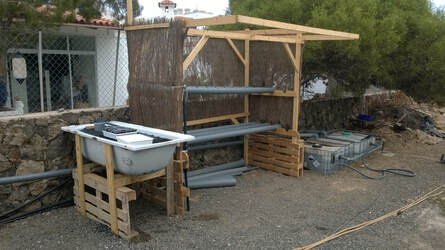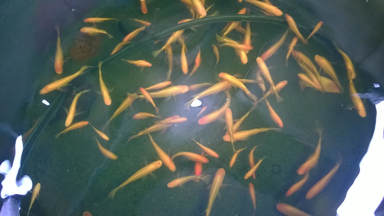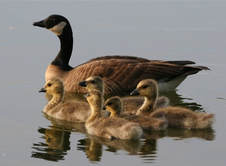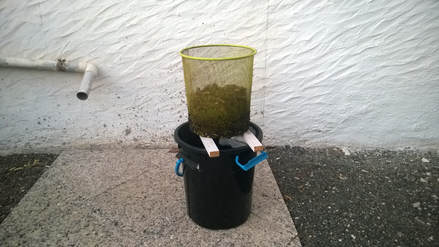Aquaponics:

Aquaponics is a Closed Loop, self-sustaining eco-system
combining aquatic life with a plant growing area.
A good aqua-ponics system uses 90% less water than conventional farming
and can achieve six times the productivity per meter of land.
As the water is never poured onto the ground it does not run away or evaporate.
This technique is especially useful in areas with exceptional difficult growing conditions such as deserts or on contaminated ground
combining aquatic life with a plant growing area.
A good aqua-ponics system uses 90% less water than conventional farming
and can achieve six times the productivity per meter of land.
As the water is never poured onto the ground it does not run away or evaporate.
This technique is especially useful in areas with exceptional difficult growing conditions such as deserts or on contaminated ground

Fish drop their waste into a pond.
The pond water is passed to a growing area via a
set of conditioning tanks where ammonia is
converted into nitrate rich water.
The fish feed the plants and the
plants clean the water for the fish...
The pond water is passed to a growing area via a
set of conditioning tanks where ammonia is
converted into nitrate rich water.
The fish feed the plants and the
plants clean the water for the fish...
Considerations:

Aqua-ponic’s is a good solution but it does require considerable expertise at rearing and caring for fish. Classic problems revolve around maintaining the water quality and oxygen levels, while balancing the nutrient loading and producing sufficient fish food.
When ones aqua-ponics rig experiences a system failure, this tends to lead to the untimely demise of your fish. The other consideration is that, fish bread and grow slowly. This is inconvenient as one can only expand a growing area by increasing the fish stocks…
One solution is to switch the Fish for Ducks.
These still take a lot of time to breed but at least they don’t dye if you make a mistake with the water management.
When ones aqua-ponics rig experiences a system failure, this tends to lead to the untimely demise of your fish. The other consideration is that, fish bread and grow slowly. This is inconvenient as one can only expand a growing area by increasing the fish stocks…
One solution is to switch the Fish for Ducks.
These still take a lot of time to breed but at least they don’t dye if you make a mistake with the water management.
Introducing | Worm-Ponics:

Apply Rule One of Good Engineering.
KISS. “Keep It Simple Stupid…”
We decided to take the pond out of the equation and use a liquid feed based on Worm Juice / Compost Tea, with a few other aspects from our
(Nutrient Enrichment Program.)

Making "Compost Tea" involves suspending compost, in a fine bag or mesh, in aerated water. Microbes feed on the compost and populate the water while releasing nutrients.
The Idea is to combine these concepts to create an organic hydro-ponics system
rather than a true aqua-ponics set up.
Once we have learned what can be achieved with this alone, we will begin adding ducks and fish to the equation...
The Idea is to combine these concepts to create an organic hydro-ponics system
rather than a true aqua-ponics set up.
Once we have learned what can be achieved with this alone, we will begin adding ducks and fish to the equation...
The question is “Time Efficiency” rather than, "What Is Possible".
- All new eco-projects come with issues that require attention.
In the beginning, the work load incurred maintaining a system must be kept to a minimum. - By removing the fish from the equation we have reduced the workload and complexity to something manageable, for the start-up phase of a New Build.
- Small systems, that run on Worm Juice and Sea Mineral feeds, are more appropriate for domestic use or fast start up installations such as “Disaster Relief Add” or “School Projects”.
